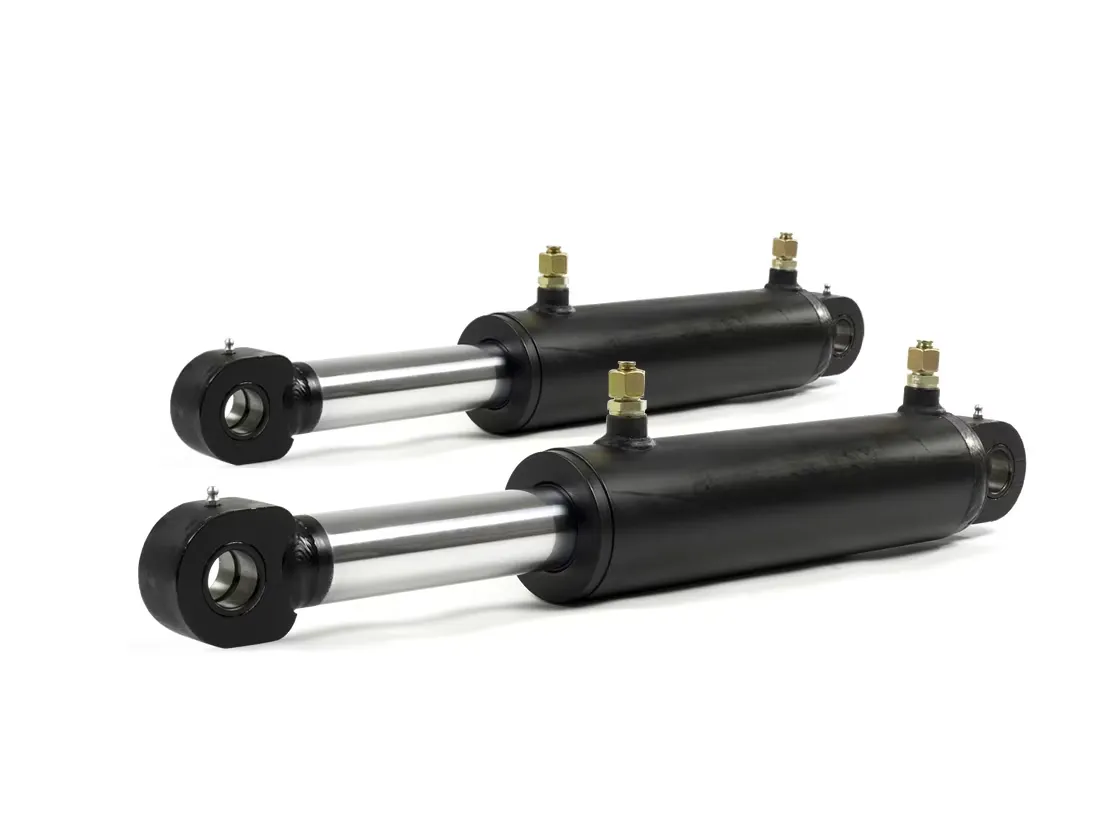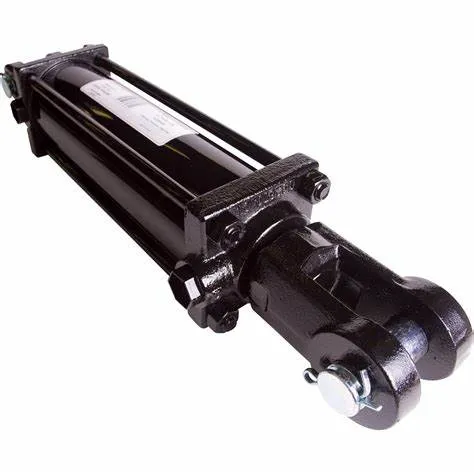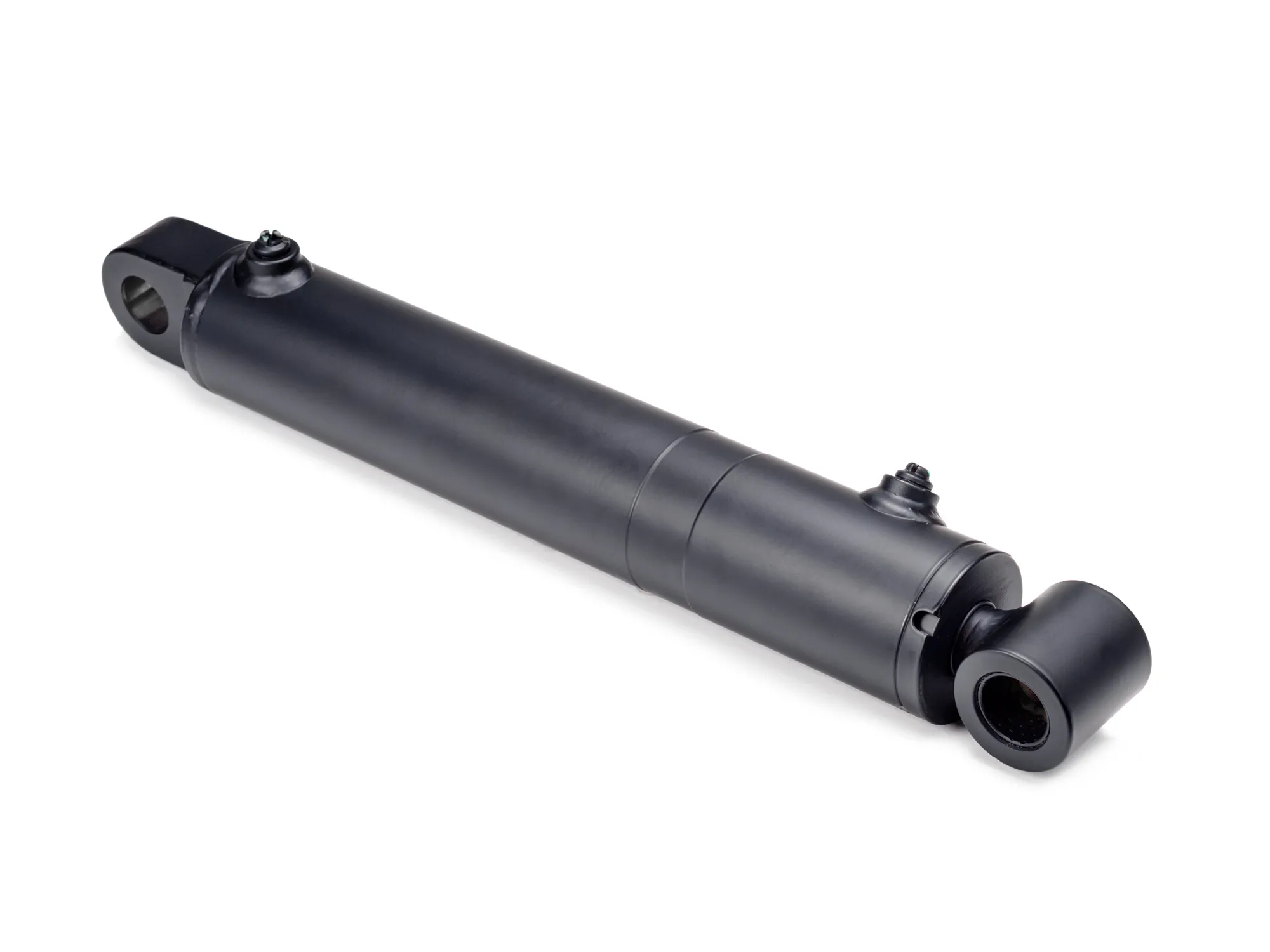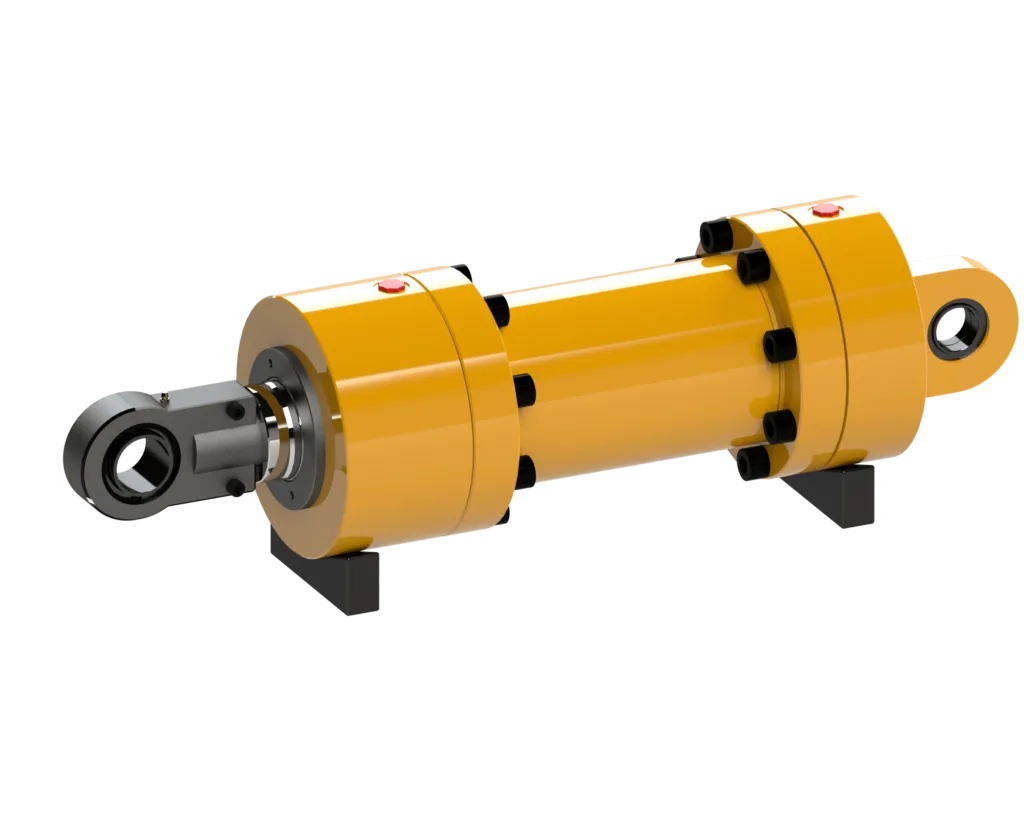The Ultimate Guide to Reversible Welded Hydraulic Cylinder Rebuild

Subtitle: Understanding the Reversible Welded Hydraulic Cylinder
In the realm of hydraulic systems, the term “reversible welded hydraulic cylinder” encompasses a sophisticated mechanism that plays a pivotal role in facilitating the smooth operation of machinery. This type of cylinder is designed to provide bidirectional force, allowing for both extension and contraction movements within the hydraulic system.
Definition and Function
Reversible welded hydraulic cylinders are essential components in hydraulic systems, serving the purpose of converting fluid power into mechanical force. They are commonly used in various industries to enable precise and controlled movements in equipment such as excavators, tractors, and industrial machinery.

Design Characteristics
- Components: The key components of a reversible welded hydraulic cylinder include the cylinder, piston, rod, and end cap, crafted from materials like steel or stainless steel.
- Reversibility: These cylinders exhibit double action and two-way flow capabilities, allowing for versatile operation in both directions.
Working Principle
When hydraulic fluid is introduced into the cylinder, it exerts pressure on the piston, causing it to extend or retract depending on the flow direction. This movement is crucial for performing tasks that require precise control and force application.
Types and Configurations
There are three main types of reversible welded hydraulic cylinders, each catering to specific application requirements. These variations offer flexibility and customization options to suit diverse industrial needs.
Advantages
- Reversibility: Allows operation in both directions without changing hydraulic connections.
- Durability: Welded design enhances strength and endurance under high pressure.
- Simple Maintenance: Fewer moving parts reduce maintenance frequency.
- Cost-Effective: Offers a more economical solution compared to traditional cylinders.
- Compact Design: Space-efficient structure suitable for confined workspaces.
Performance Characteristics
Reversible welded hydraulic cylinders are known for their reliability in handling varying pressure and force ranges, making them ideal for applications that demand precision and efficiency. Selecting the right size and configuration is essential for optimal performance.
Applications
These cylinders find extensive use in industries such as construction, agriculture, manufacturing, mining, waste disposal, marine engineering, and robotics. Their versatility and bidirectional capabilities make them indispensable in diverse machinery.

Design Considerations
When choosing a reversible welded hydraulic cylinder, factors like bearing capacity, sealing, durability, safety, and maintenance should be carefully evaluated to ensure optimal performance and longevity.
Sealing and Lubrication
Proper sealing and lubrication play a crucial role in enhancing the longevity and efficiency of hydraulic cylinders. Regular maintenance and adherence to recommended lubrication practices are essential for optimal performance.
Installation and Maintenance
Correct installation and proactive maintenance measures are vital for ensuring the smooth operation of reversible welded hydraulic cylinders. Regular inspections, lubrication, and seal replacements are key to preventing potential issues.
Safety and Environmental Considerations
Adhering to safety protocols and environmental regulations is paramount when working with hydraulic systems to prevent accidents and mitigate environmental impact. It is essential to prioritize safety in all operational activities.
Fault Diagnosis and Troubleshooting
Identifying common problems and implementing effective troubleshooting strategies are crucial for maintaining the functionality of reversible welded hydraulic cylinders. Regular inspection and timely repairs can help address issues proactively.
Common Questions
1. What types of industries commonly use reversible welded hydraulic cylinders?
Reversible welded hydraulic cylinders are widely used in industries such as construction, agriculture, manufacturing, mining, waste disposal, marine engineering, and robotics.
2. What are the main components that make up a reversible welded hydraulic cylinder?
The key components include the cylinder, piston, rod, and end cap, typically made of steel or stainless steel.
3. How do reversible welded hydraulic cylinders differ in their design and operation compared to single-acting hydraulic cylinders?
Reversible cylinders offer bidirectional operation capabilities, allowing for extension and contraction movements in hydraulic systems.
Long Tail Keywords
1. Reversible Welded Hydraulic Cylinder Efficiency: These cylinders offer enhanced efficiency and flexibility in various industrial applications.
2. Reversible Welded Hydraulic Cylinder Maintenance: Proper maintenance practices are crucial for ensuring the longevity and performance of hydraulic cylinders.
3. Reversible Welded Hydraulic Cylinder Selection: Choosing the right cylinder size and configuration is essential for optimal performance in hydraulic systems.
Company Overview

Our company specializes in hydraulic cylinder replacement and manufacturing, offering a comprehensive product line to meet the diverse needs of customers worldwide. With a focus on professionalism, international standards, custom services, and exceptional after-sales support, we have established ourselves as a leading provider in the hydraulic industry.
Author: lyl
